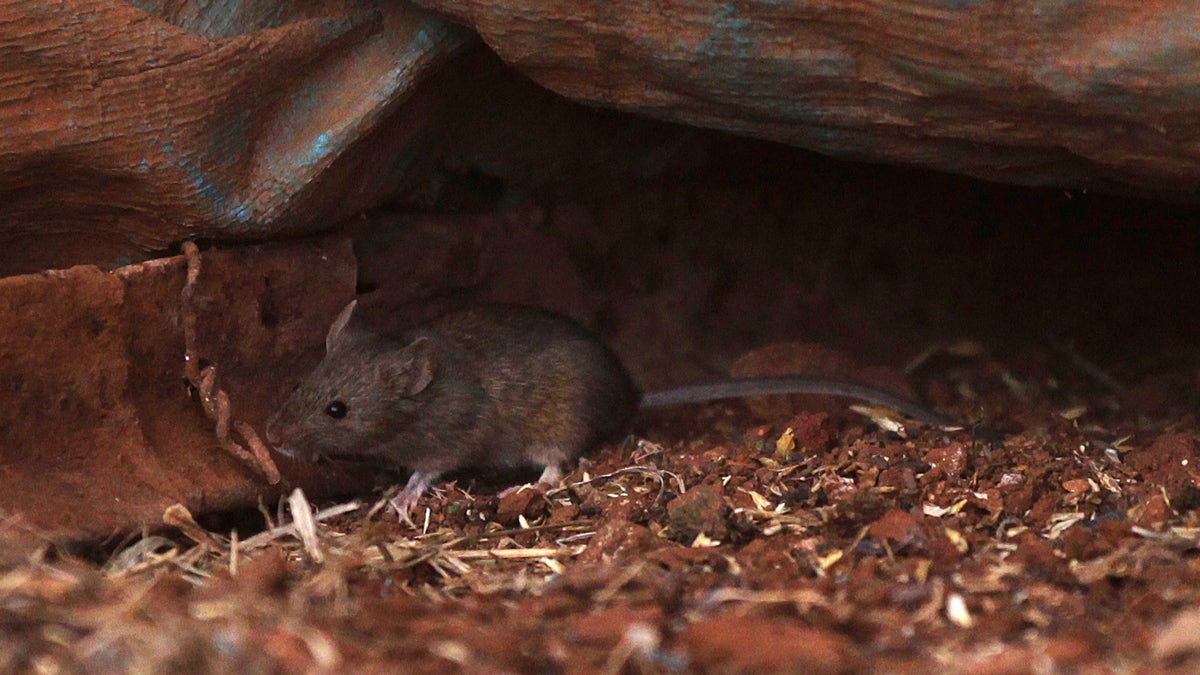
File photo (REUTERS/Daniel Munoz)
Wondering what animal might have the most in common with a jet engine? Prepare to be surprised. Elena Mahrt, author of a study published Monday in Current Biology, says mice sing ultrasonic songs using a method "never found before in any animal," according to a press release.
It has, however, been found in jet engines. Mice use these high-pitched whistles—inaudible to humans—to defend their territory and find mates, but until now scientists had no idea how they made the noises, especially because mice's vocal cords stay absolutely still while producing the "ultrasound bleeps," Live Science reports.
More from Newser:
"Mice seem to be doing something very complicated and clever to make ultrasound," study coauthor Dr. Anurag Agarwal says in the press release. To produce the high-pitched song, a jet of air originating in the mouse's windpipe bounces off the inner wall of the larynx and doubles back on itself, making a "feedback loop." This process—discovered in mice using high-speed cameras—has only ever been seen before in jet engines and their ilk.
Coauthor Coen Elemans says it's likely many rodents use this same method, possibly even accounting for the echolocation of bats, according to the Telegraph. "Even though mice have been studied so intensely, they still have some cool tricks up their sleeves," he says.
Researchers are studying the vocalizations of mice to better understand stuttering, autism, and other communication disorders. (Scientists make shrunken, see-through lab mice.)
This article originally appeared on Newser: Why Mice Are Nature's Jet Engines
